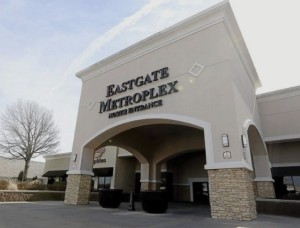Banks and alternative lenders are not shying away from commercial real estate debt in the tail end of this cycle. Flickr/401(K) 2012 Lending continued to climb moderately in the second quarter, thanks in part to a large jump in commercial mortgaged-backed securities debt. Capital markets remain favorable, pushing lending volume up across all major groups, CBRE reports. CMBS issuance jumped in Q2 to $38.8B year-to-date, well above the $30.7B in CMBS debt issued at the same period last year. “The overall lending environment is well supplied with debt capital from all sources; CMBS, life companies, banks and alternative lenders are all actively issuing bridge and permanent financing quotes,” CBRE Capital Markets Global President Brian Stoffers said in a statement. “The recent surge in CMBS mortgages demonstrated that these lenders are becoming increasingly comfortable with risk-retention rules that kicked in at the end of last year.”
Read entire article here in Bisnow.com
Contact us at Liberty to find out more about financing your project.






